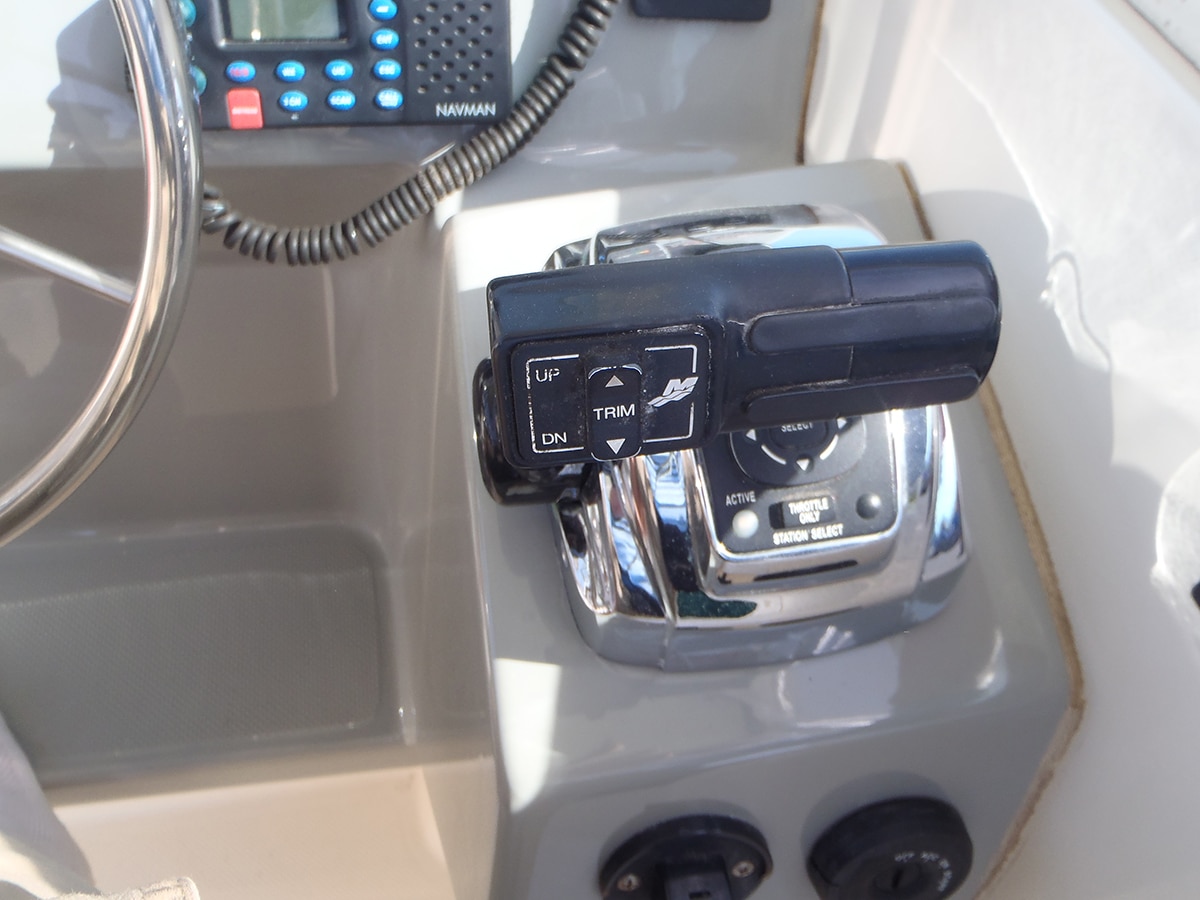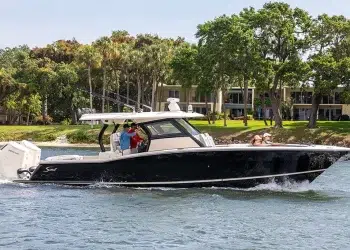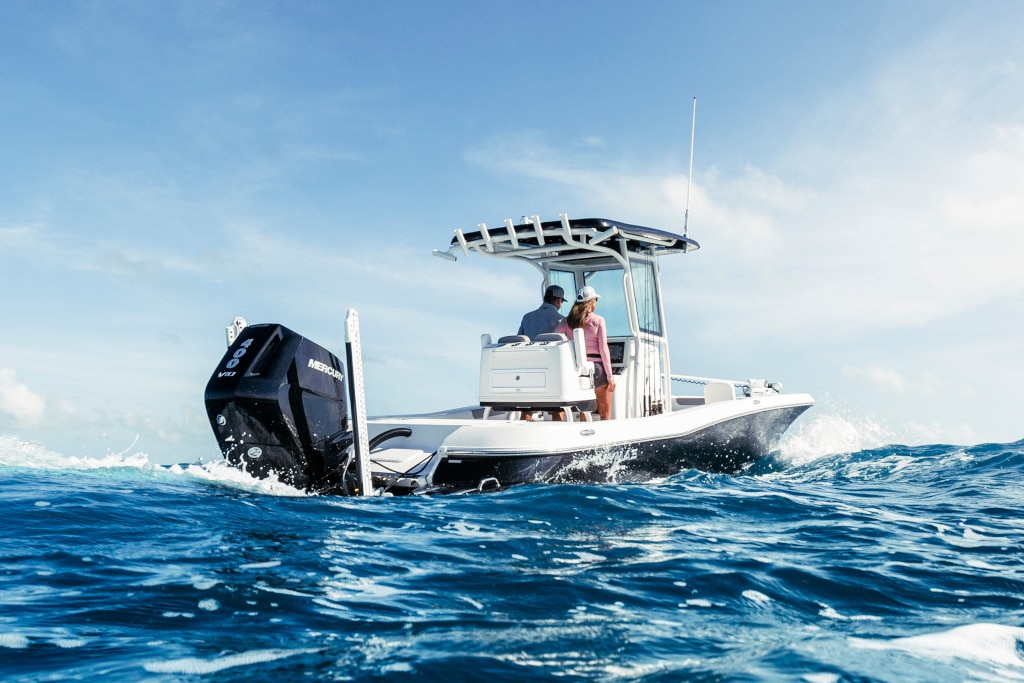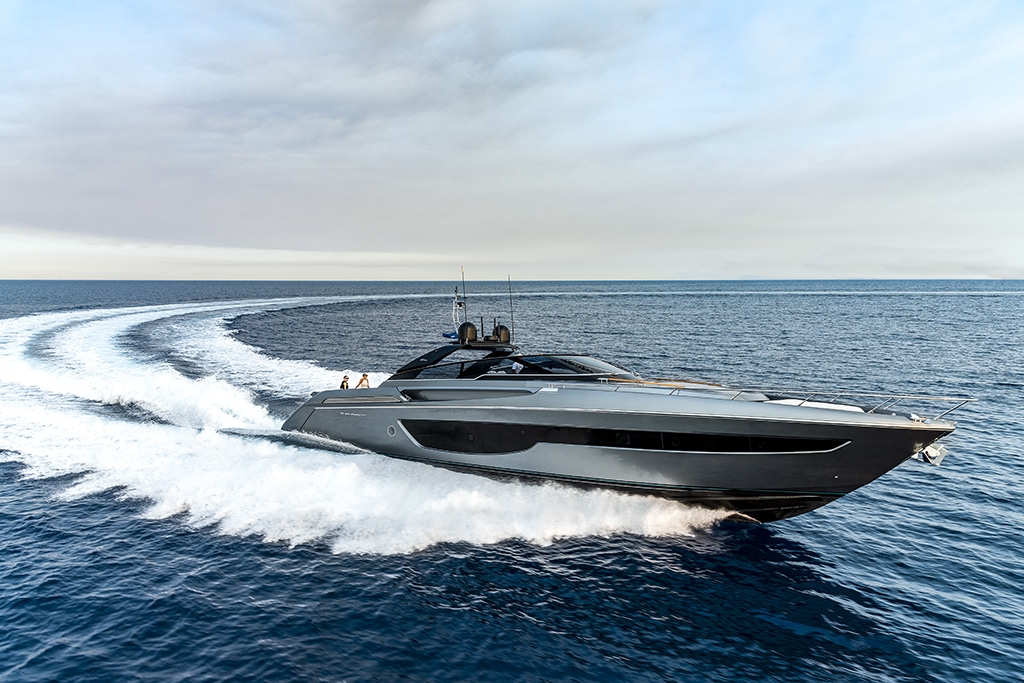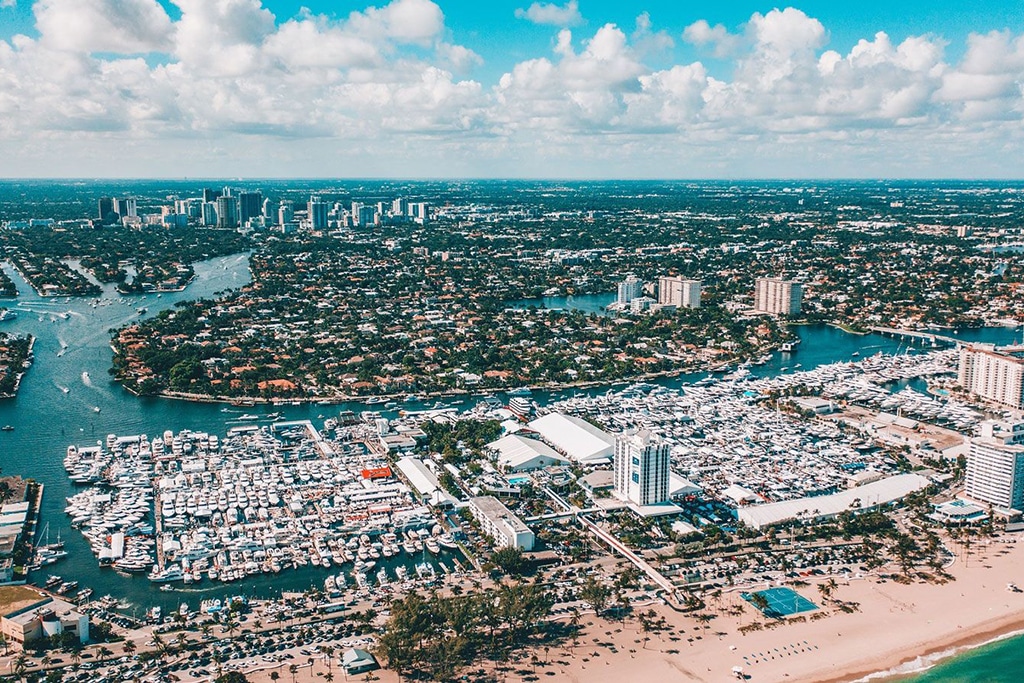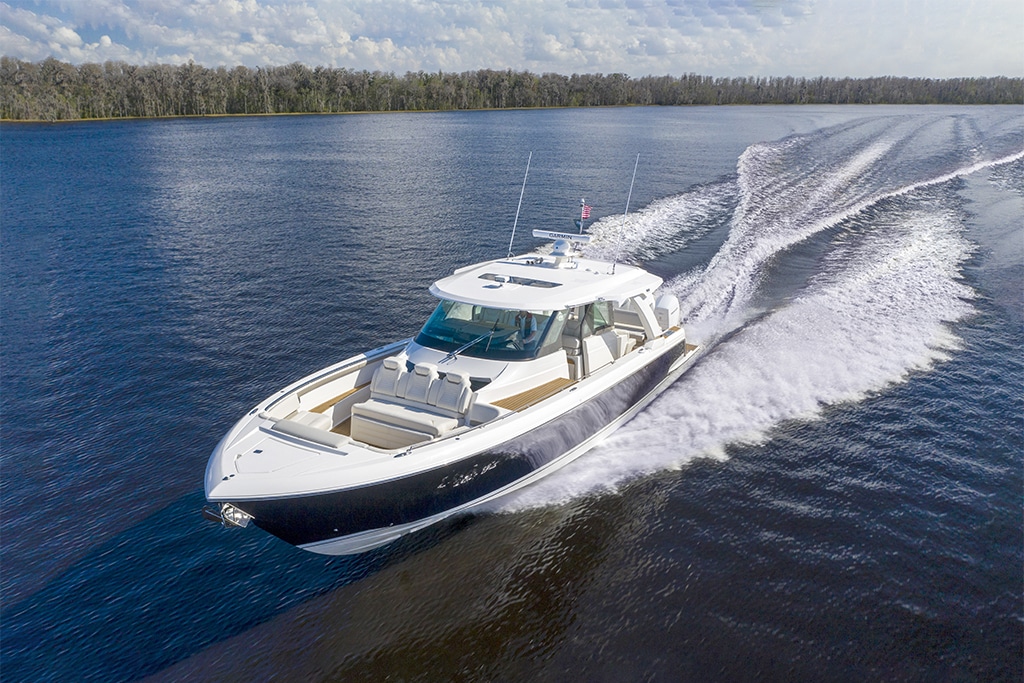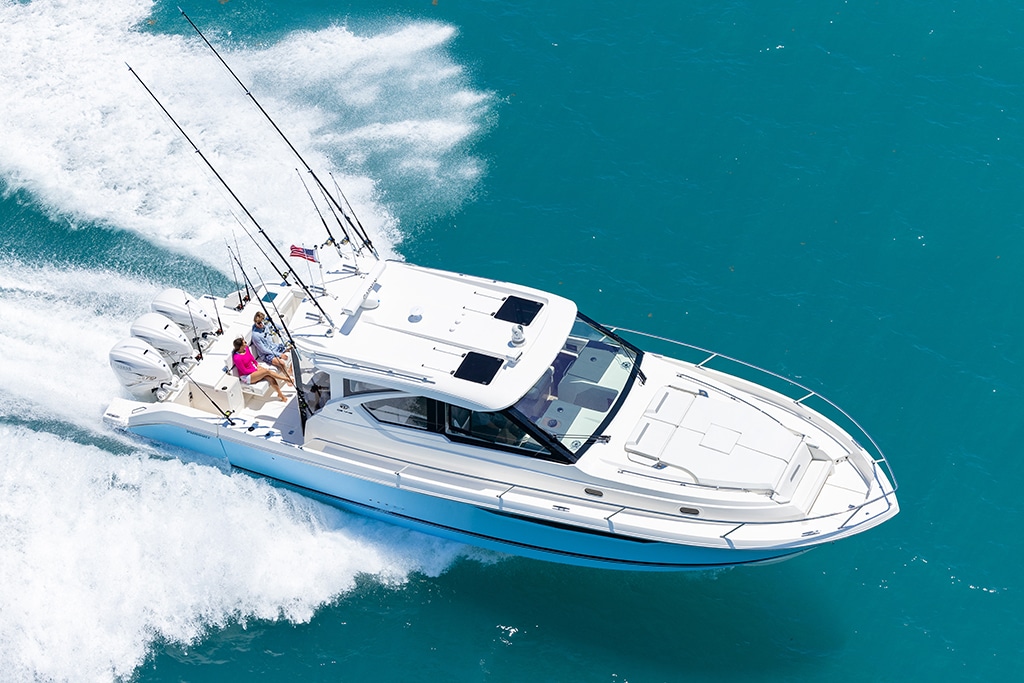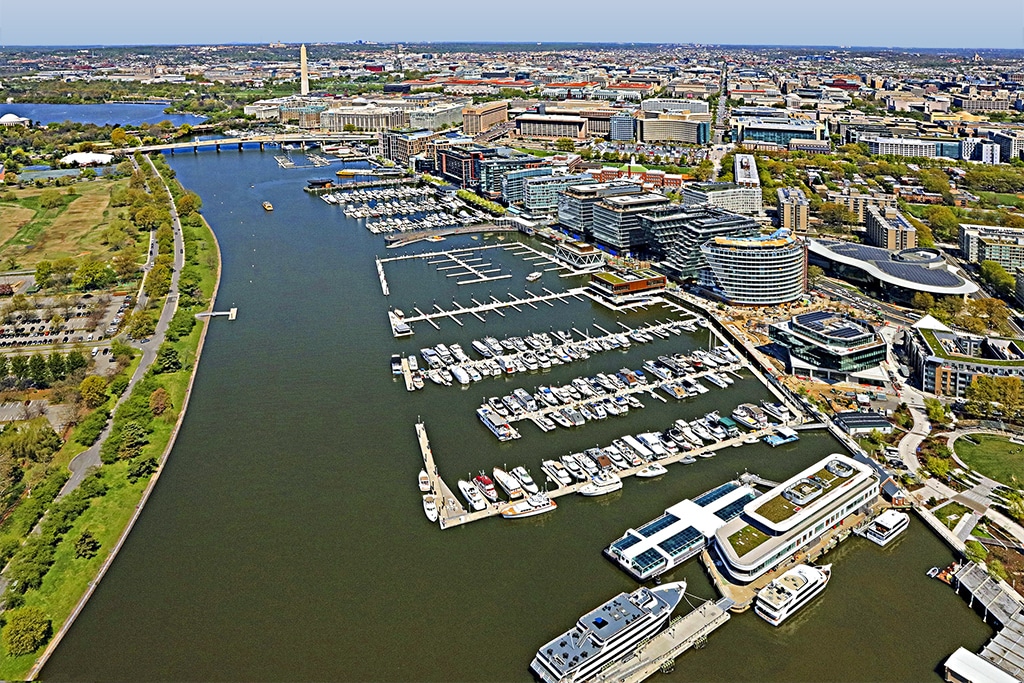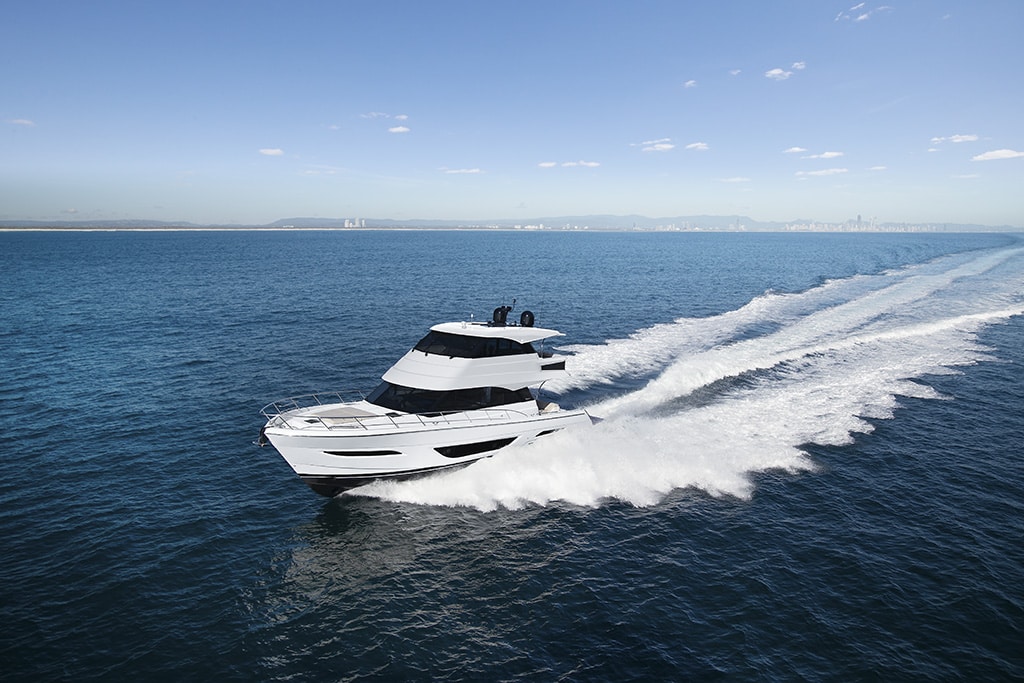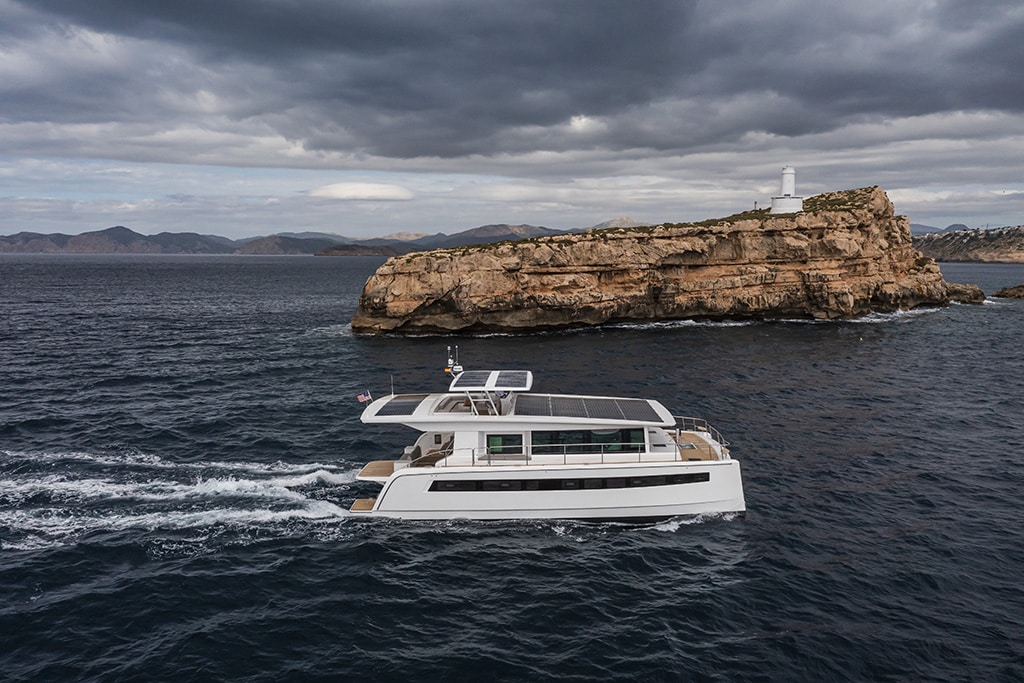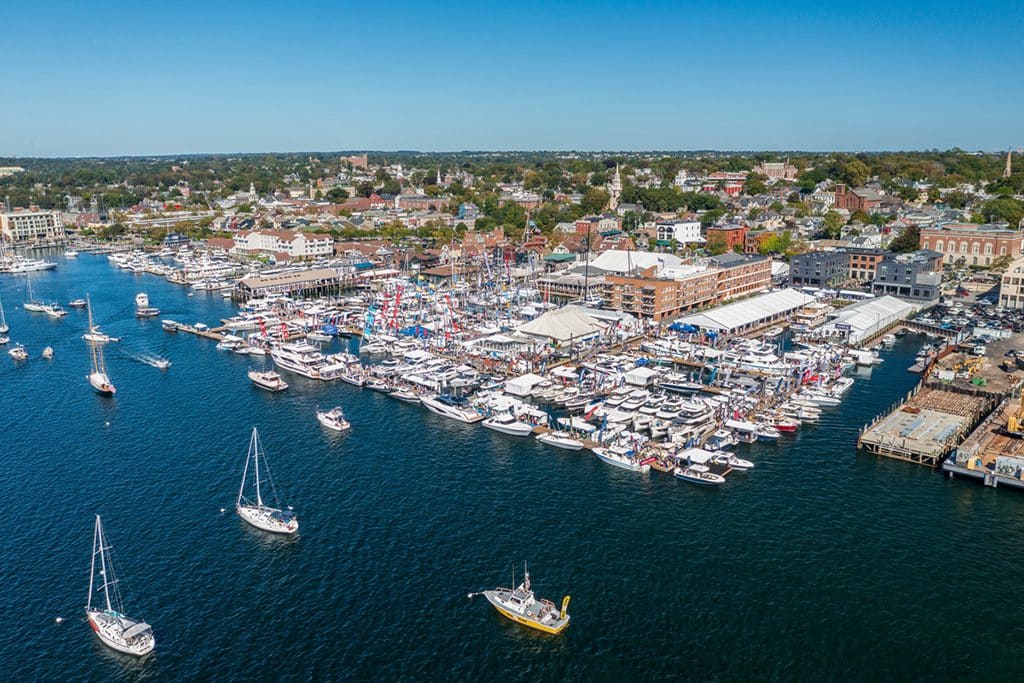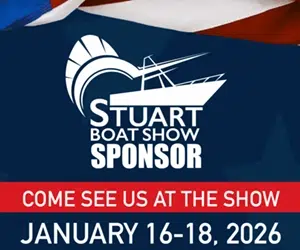Featured
Featured posts
Troubleshooting Tilt and Trim
Optimize Performance Troubleshooting outboard tilt and trim problems Failure of your boat’s tilt and trim feature will affect all phases...
Read moreDetailsScout 377 LXF
Distinctive Flair The new Scout 377 LXF adds more luxury and technology to the S-Class family. The first thing I noticed...
Read moreDetailsIBEX Innovations
IBEX Carries On Hurricane Ian put the kibosh on IBEX 2022, but didn’t dissuade the Innovation Awards judges from evaluating...
Read moreDetailsMercury Marine Unveils V10 Outboards
Mercury Marine introduces the industry's first V10 outboards — the all-new 350 and 400hp Verado engines FOND DU LAC, Wis....
Read moreDetailsRiva 76 Bahamas
Sense of Style The Riva 76 Bahamas is a dayboat on steroids that impresses with its attention to detail and a...
Read moreDetailsTwo Oceans Marine and HMY Yacht Sales Launch All-New Express Cruiser Models
Two Oceans Marine Manufacturing and HMY Yacht Sales, Inc. (HMY), one of America's largest yacht dealers and brokerage firms, are...
Read moreDetails2022 Fort Lauderdale International Boat Show Preview
The 63rd Annual Fort Lauderdale International Boat Show The 63rd Annual Fort Lauderdale International Boat Show (FLIBS) is expected to...
Read moreDetailsVote Now: 2023 Readers’ Choice Awards
Third Annual Readers' Choice Awards Voting is now open for the Third Annual Readers' Choice Awards presented by Southern Boating....
Read moreDetailsTiara 48 LS
Special Delivery The Tiara 48 LS is a sport boat and a yacht all in one. The Tiara 48 LS...
Read moreDetailsPursuit OS 445
In Pursuit of a Day on the Water There’s nothing wrong with taking time out of the office to go...
Read moreDetailsCrossing the Potomac River
Passage on the Potomac Crossing the Potomac River from the Chesapeake Bay into Washington, D.C., is a rewarding voyage. It almost seems...
Read moreDetailsMaritimo M60
Maritimo’s Genesis The new M60 takes the original flybridge motoryacht to a higher level. To say this yacht has wings...
Read moreDetailsParty Like It’s 1972!
Party Like It’s 1972! Throw a retro-style cocktail party with popular fare from 50 years ago. Fifty years ago, 1972,...
Read moreDetailsSilent 60
Not a Sound Silent-Yachts is making big strides in solar-electric power both on the water and on shore. I was standing...
Read moreDetails2022 Newport International Boat Show
2022 Newport International Boat Show Come to the famed waterfront September 15–18 to see what’s new in boating. Fall in New England,...
Read moreDetails

